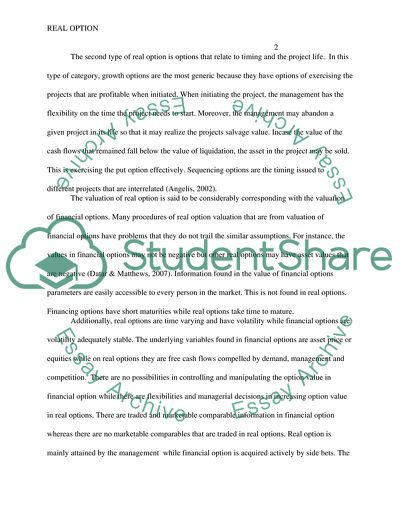Cite this document
(“The Valuation of Real Option in the Corporate Finance Assignment”, n.d.)
The Valuation of Real Option in the Corporate Finance Assignment. Retrieved from https://studentshare.org/finance-accounting/1618067-real-options
The Valuation of Real Option in the Corporate Finance Assignment. Retrieved from https://studentshare.org/finance-accounting/1618067-real-options
(The Valuation of Real Option in the Corporate Finance Assignment)
The Valuation of Real Option in the Corporate Finance Assignment. https://studentshare.org/finance-accounting/1618067-real-options.
The Valuation of Real Option in the Corporate Finance Assignment. https://studentshare.org/finance-accounting/1618067-real-options.
“The Valuation of Real Option in the Corporate Finance Assignment”, n.d. https://studentshare.org/finance-accounting/1618067-real-options.


